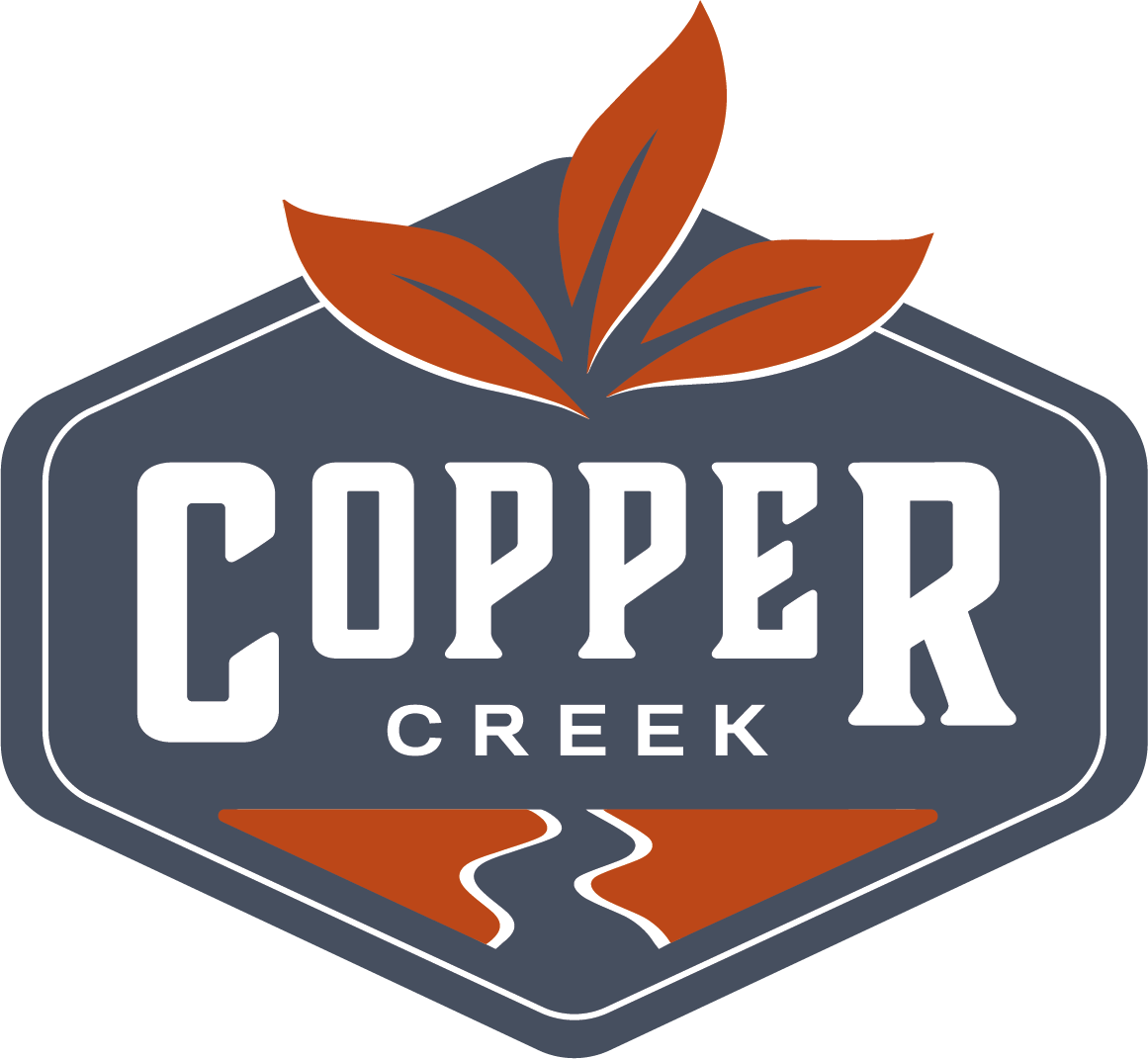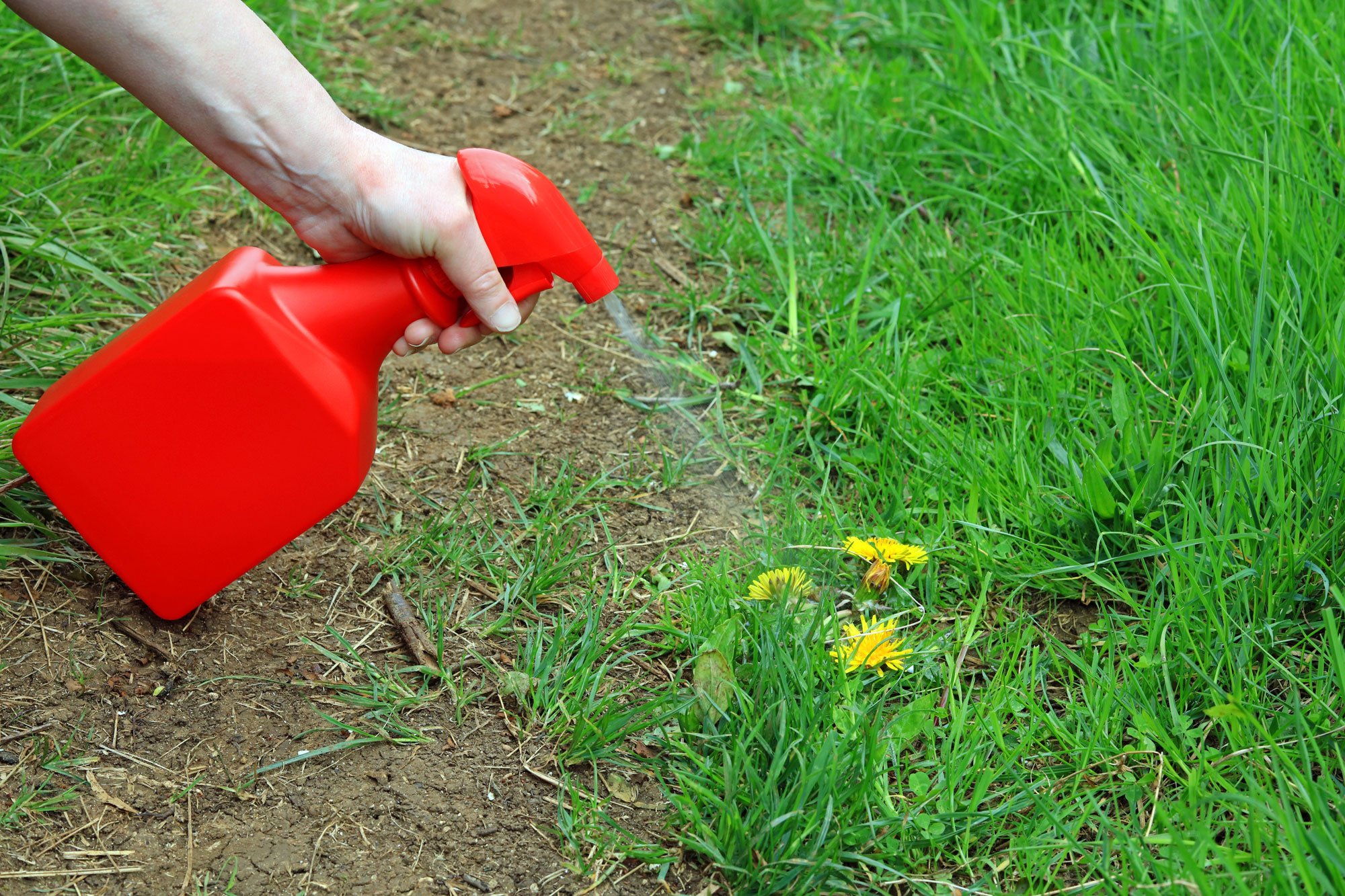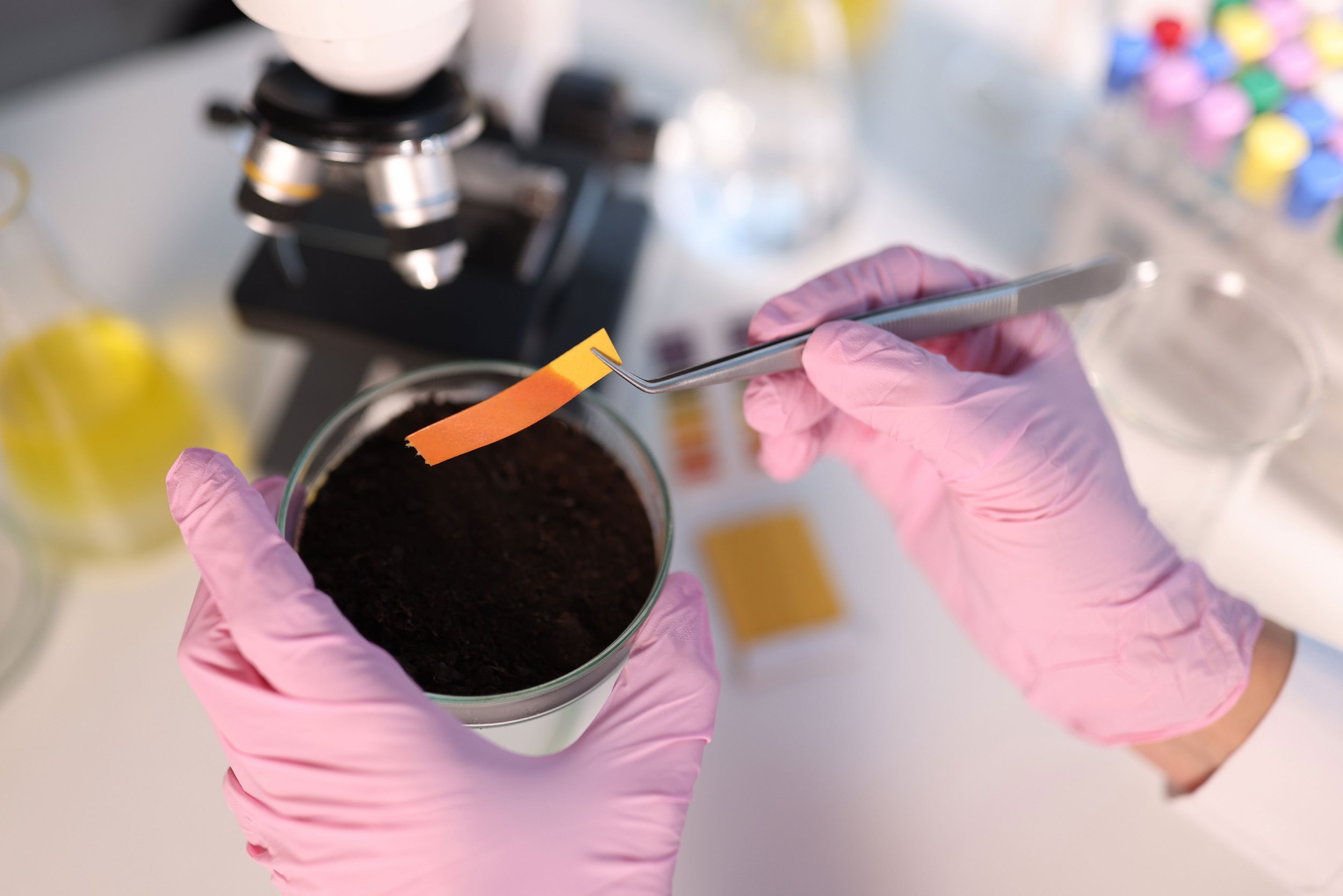A Healthy Lawn Tomorrow Starts Today - Tips for a Happy, Healthy Lawn This Summer
The grass actually can be greener on your side of the fence. Preparing your lawn for spring in Minnesota is essential to ensure healthy growth and lush greenery throughout the season. All it takes is some early planning and the right tools. The Garden Center at Copper Creek shares a few steps you can take to get your lawn not only ready but the envy of your neighborhood.
Clean up debris
Start by removing any debris such as leaves, branches, and other clutter that may have accumulated over the winter months. Raking the lawn will also help remove thatch, which can inhibit growth. Thatch is a layer of organic debris that accumulates on the soil surface, impeding water and nutrient movement. Aeration helps prevent thatch buildup by promoting decomposition of organic matter and encouraging microbial activity, leading to a healthier lawn. Accumulated debris can suffocate the grass and prevent proper air circulation and sunlight penetration, which are essential for healthy grass growth. Removing debris allows for better airflow and light exposure, promoting lush and green grass.
Aerate the soil
Aerating your lawn helps improve soil drainage and allows air, water, and nutrients to penetrate the root zone more effectively. By aerating the soil, you create an environment conducive to root development, allowing the roots to grow deeper and stronger. Healthier roots lead to healthier grass, which is more resilient to stressors like drought and disease. Aerobic soil conditions resulting from aeration encourage beneficial microbial activity. You can rent or purchase a lawn aerator to perforate the soil.
Overseed
If your lawn has bare patches or thin areas, overseeding can help fill in those spaces and promote a thicker, healthier lawn. A dense, healthy lawn created through overseeding can naturally suppress weed growth by shading the soil surface and competing for resources. This can reduce the need for chemical herbicides and manual weeding, promoting a greener and more eco-friendly lawn. Overseeding with newer grass varieties can also improve the color and appearance of your lawn. Choose a high-quality grass seed appropriate for your climate and lawn conditions. Ask our knowledgeable Garden Center staff which seed would work best for you.
Fertilize
Fertilizing your lawn is essential for maintaining soil fertility, health, vigor, and appearance, as well as supporting overall ecosystem health. However, it's crucial to apply fertilizers responsibly, following recommended rates and timing to avoid environmental pollution and minimize negative impacts on soil and water quality. Apply a slow-release fertilizer specifically formulated for spring application. This will provide the necessary nutrients for healthy growth and green-up without causing excessive lushness that can attract pests and diseases. The Garden Center at Copper Creek carries a wide variety of fertilizers and can help you determine the best product to achieve, and sustain, the results you’re looking for.
Weed control
Early spring is an ideal time to address weeds before they have a chance to establish and spread. Weeds compete with grass for essential resources such as water, sunlight, and nutrients. If left unchecked, weeds can outcompete grass, leading to thin, patchy lawns with poor aesthetics and reduced turf quality. Effective weed control reduces the need for costly and time-consuming lawn maintenance practices such as hand weeding or frequent herbicide applications. By preventing weed establishment and spread, you can save time, money, and effort in lawn care. Use a pre-emergent herbicide to prevent weed seeds from germinating, and spot-treat any existing weeds with a selective herbicide.
Mow properly
Adjust your mower blades to the appropriate height for your grass type and avoid cutting more than one-third of the grass blade length at a time. According to the University of Minnesota Extension office, it’s important to remove no more than 1/3 of the leaf tissue when you mow. Mowing too short or scalping results in stress to the grass plant. Weak grass plants will take longer to recover. To maintain a three-inch lawn, mow before the grass reaches 4.5 inches tall. Regular mowing encourages denser growth and helps prevent weeds from taking hold. Proper mowing is essential for promoting healthy lawn growth by encouraging root development, preventing scalping and weed encroachment, enhancing disease resistance, improving nutrient uptake, and enhancing the lawn's aesthetic appeal. Adhering to recommended mowing practices ensures that your lawn remains vibrant, lush, and resilient year-round.
Watering
The amount of water your lawn needs depends on various factors, including climate, soil type, grass species, and environmental conditions. However, a general guideline for watering lawns is to provide about 1 to 1.5 inches (2.5 to 3.8 centimeters) of water per week during the growing season. As temperatures rise, your lawn will require more water to thrive. Water deeply and infrequently to encourage deep root growth, preferably in the early morning to minimize evaporation and allow the grass foliage to dry before evening, reducing the risk of disease. Consider installing a rain gauge in your lawn to measure rainfall and avoid overwatering. Alternatively, you can use a soil moisture meter to assess soil moisture levels and determine when to water.
Monitor for pests and diseases
Keep an eye out for signs of pest infestation or disease, such as discolored or wilting grass, chewed leaves, or unusual growth patterns. To manage pests and diseases in Minnesota lawns, it's essential to maintain proper lawn care practices, including regular mowing, watering, fertilization, and aeration. Additionally, timely identification and appropriate treatment of pest and disease problems can help minimize damage and maintain a healthy lawn.
Consider soil testing
If you're unsure about the nutrient levels and pH of your soil, consider conducting a soil test. Soil testing results can guide decisions regarding soil amendments such as lime, sulfur, compost, or organic matter additions. For example, if the soil pH is too high or too low, you can adjust it by applying lime or sulfur accordingly to create more favorable growing conditions for grass. Soil pH significantly influences nutrient availability and uptake by plants. Most grass species prefer slightly acidic soil with a pH range of 6.0 to 7.0. By utilizing soil test results to guide fertilization and soil management decisions, you can promote optimal grass growth, minimize environmental impacts, and ensure the long-term health and vitality of your lawn.
By following these steps, you can effectively prepare your lawn for the spring season and set the stage for a vibrant and healthy outdoor space. Keep The Garden Center at Copper Creek in mind when shopping for tools, fertilizers, amendments, repellents, edging, and more. We have a wide variety of the products you need to get off to a great start in creating the lush, green grass you’ve only dreamed of. Bring on summer!
Sources:
University of MN Extension https://extension.umn.edu/lawn-care/mowing-practices-healthy-lawns#:~:text=Remove%20no%20more%20than%201,grass%20reaches%204.5%20inches%20tall (Mowing practices for healthy lawns)










